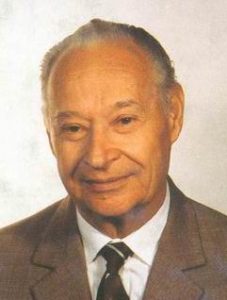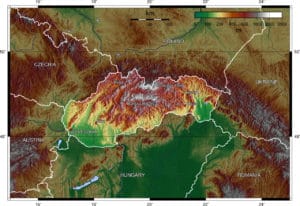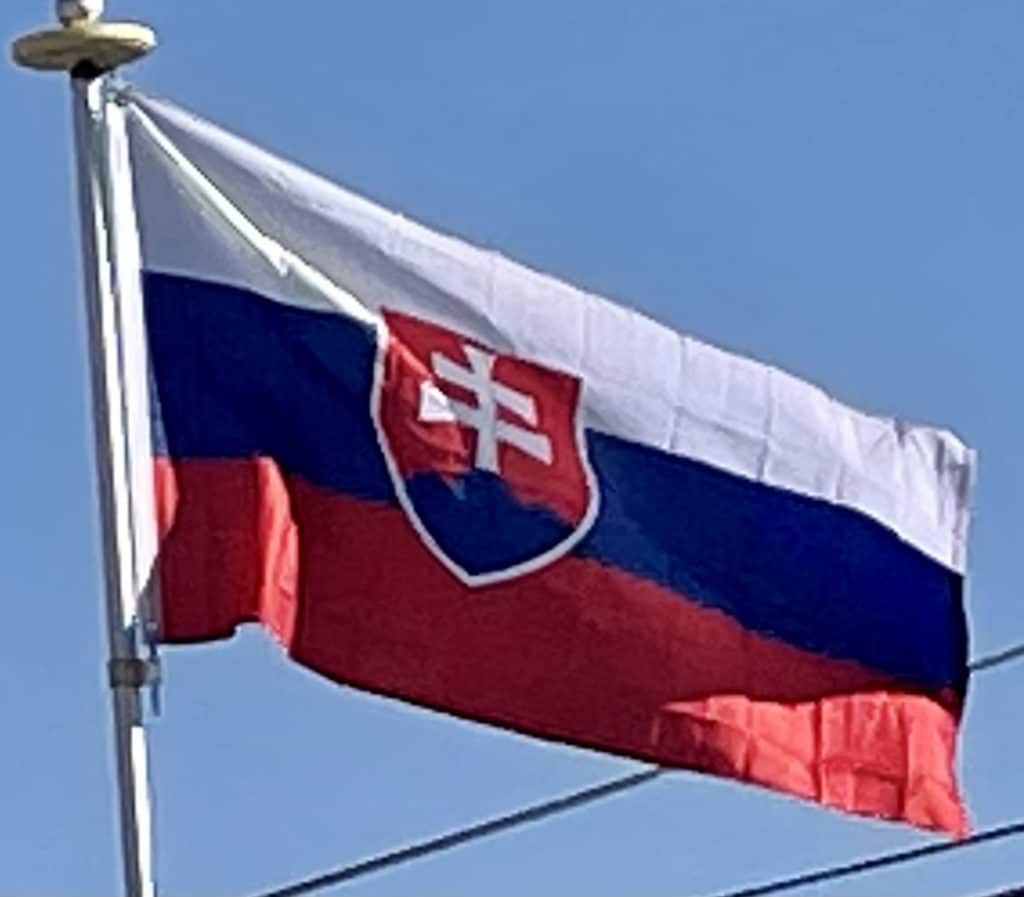In 1968, following the Prague Spring, the country was invaded by the Warsaw Pact forces (People’s Republic of Bulgaria, People’s Republic of Hungary, People’s Republic of Poland, and Soviet Union, with the exception of Socialist Republic of Romania and People’s Socialist Republic of Albania) in 1968, ending a period of liberalization under the leadership of Alexander Dubček. 137 Czechoslovak civilians were killed and 500 seriously wounded during the occupation.

In 1969 Czechoslovakia became a federation of the Czech Socialist Republic and the Slovak Socialist Republic. Czechoslovakia became a puppet state of the Soviet Union. Czechoslovak Socialist Republic was never part of the Soviet Union and remained independent to a degree.
Borders with the West were protected by the Iron Curtain. About 600 people, men, women, and children, were killed on the Czechoslovak border with Austria and West Germany between 1948 and 1989.
Slovak Republic (1993–Present):
The end of Communist rule in Czechoslovakia in 1989, during the peaceful Velvet Revolution, was followed once again by the country’s dissolution, this time into two successor states. The word “socialist” was dropped in the names of the two republics, with the Slovak Socialist Republic renamed as Slovak Republic. On 17 July 1992, Slovakia, led by Prime Minister Vladimír Mečiar, declared itself a sovereign state, meaning that its laws took precedence over those of the federal government. Throughout the autumn of 1992, Mečiar and Czech Prime Minister Václav Klaus negotiated the details for disbanding the federation. In November, the federal parliament voted to dissolve the country officially on 31 December 1992.

The Slovak Republic and the Czech Republic went their separate ways after 1 January 1993, an event sometimes called the Velvet Divorce. Slovakia has, nevertheless, remained a close partner with the Czech Republic. Both countries co-operate with Hungary and Poland in the Visegrád Group. Slovakia became a member of NATO on 29 March 2004 and of the European Union on 1 May 2004. On 1 January 2009, Slovakia adopted the Euro as its national currency. In 2019, Zuzana Čaputová became Slovakia’s first female president.
Geography:
The Slovak landscape is noted primarily for its mountainous nature, with the Carpathian Mountains extending across most of the northern half of the country. Among these mountain ranges are the high peaks of the Fatra-Tatra Area (including Tatra Mountains, Greater Fatra and Lesser Fatra), Slovak Ore Mountains, Slovak Central Mountains or Beskids.

The largest lowland is the fertile Danubian Lowland in the southwest, followed by the Eastern Slovak Lowland in the southeast. Forests cover 41% of Slovak land surface.
Economy:
The Slovak economy is a developed, high-income economy, with the GDP per capita equaling 78% of the average of the European Union in 2018. The country has difficulties addressing regional imbalances in wealth and employment. GDP per capita ranges from 188% of EU average in Bratislava to 54% in Eastern Slovakia. Although regional income inequality is high, 90% of citizens own their homes.
